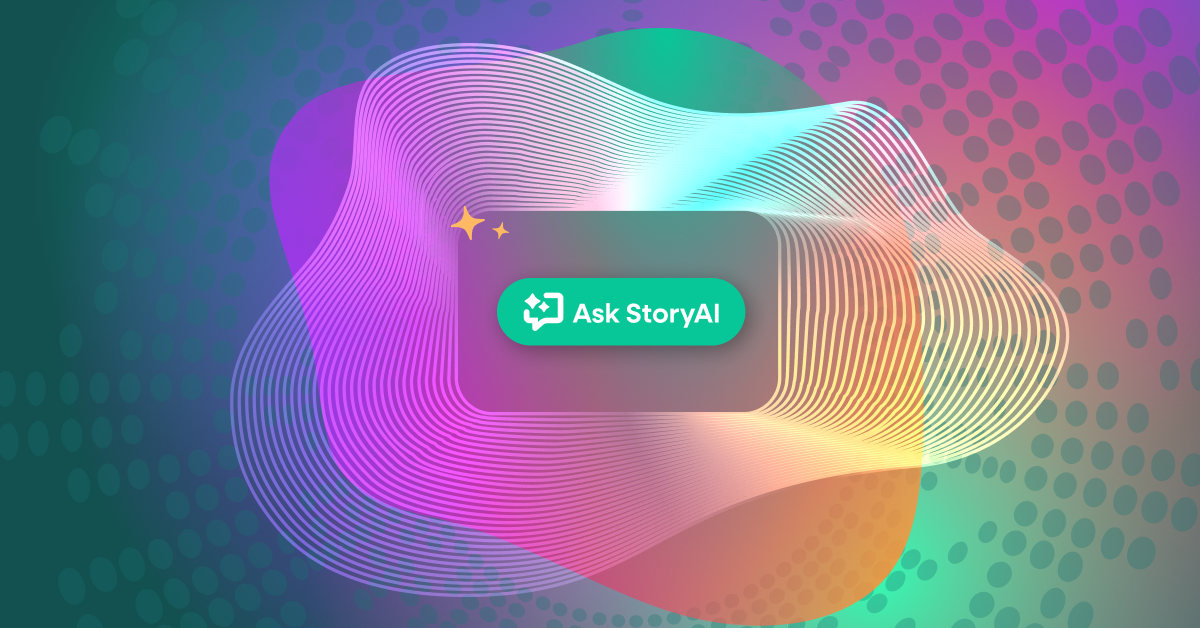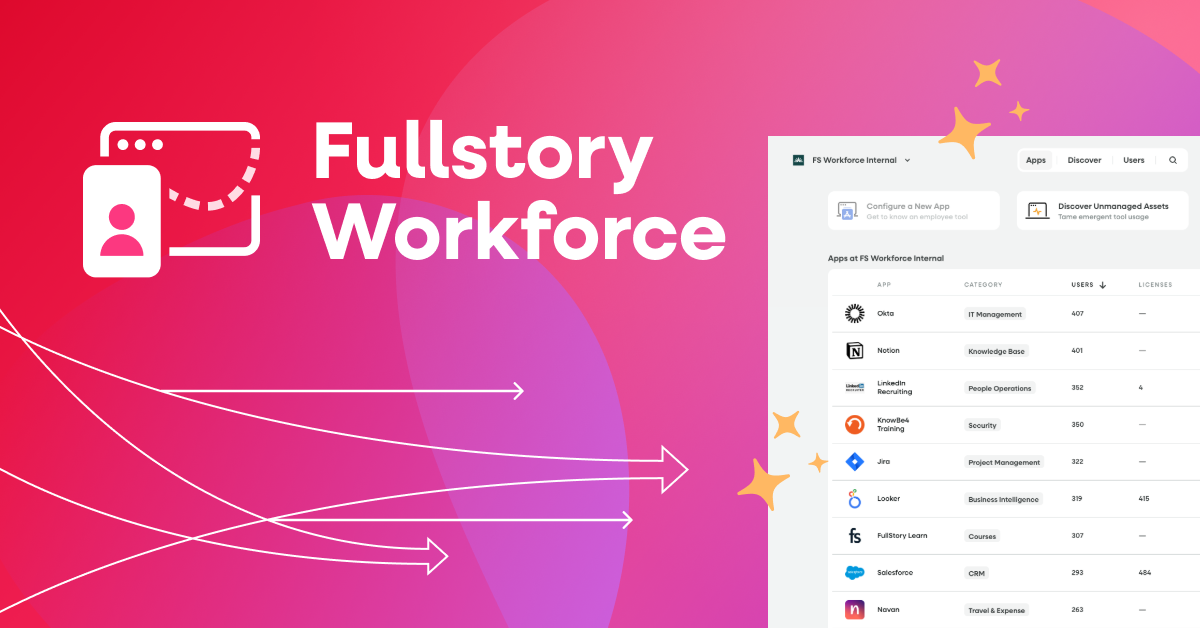In 2023, consumers’ expectations for digital experiences are sky-high—but in the face of economic uncertainty, their motivation to spend is exceptionally low. This makes for a dangerous combination for online businesses. To attract and retain wary customers, organizations across industries need to be on their digital experience A-game.
By combining intel from digital experience experts and from consumers through a global survey, we’ve identified six trends that will define digital experience success in 2023.
2023 digital experience trends to know
Trend 1: First-party data takes first place
When it comes to knowing your customers, there are different methods of gathering data.
First-party data— which an organization collects firsthand from its own site or app—is the most valuable and accurate, as it’s collected directly from a company’s existing audience.
However, many organizations forego or supplement first-party data by purchasing third-party data—or user info collected by a separate business that has no direct connection to your organization or audience. While third-party data may be easier to obtain and have a wider scope than first-party data, it isn’t necessarily an accurate representation of a company’s audience and has raised privacy concerns that are causing its popularity to decrease.
The slow demise of third-party data has been on the internet's periphery for years, but this year the end is in sight. Apple, Mozilla, and Google have all announced definitive plans to phase out third-party cookies. (Even though Google delayed this shift to 2024, it remains imminent.)
Organizations that have traditionally relied on third-party cookies for understanding and marketing to their target audiences need a new strategy: first-party data. Businesses that can reliably and securely source digital experience data about their users will be miles ahead of the curve once the cookie jar is empty.
Implementing a behavioral data platform that balances autocapture with manually-instrumented data logging will guarantee your organization has the richest, most reliable set of first-party digital experience data for understanding user behavior on your site or app—without the use of third-party cookies.
“Fullstory’s privacy-first approach to DX data capture gives organizations the robust insights they need to improve their digital experiences without customers needing to use third-party cookies,” said Tim Simms, Director of Engineering at Fullstory. “We take a holistic stance on data governance, by both protecting data and allowing customers to make sense of it. As an example, our industry-leading privacy features like Detections and Private by Default ensure end-user privacy is always put first.”
Trend 2: Economic uncertainty curbs consumers
A new survey of global consumers shows that an alarming 49% of respondents are cutting back on online spending in 2023, and at least 40% plan to reduce spending on travel, in-store shopping, and luxury goods and retailers.
However, retail and travel aren’t the only industries that may be hit hard by consumer caution. One in five respondents are canceling software and gaming subscriptions as well.
When there are fewer customers, online businesses need to ensure they’re not losing them to frustrating DX issues. Nearly two-thirds (64%) of global consumers will leave without completing their transaction if they encounter friction or frustration on a site or app.
Trend 3: Consumers choose excellent experiences over beloved brands
Brace for a startling statistic: 44% of consumers “don’t care” where they transact online, “as long as it works.” Customer loyalty does exist, but not in the way many companies might assume. Our survey revealed that consumers are loyal to great digital experiences, not to brands.
Of course, the great challenge of online transactions is that every competitor is only a tab away. The global survey revealed that many shoppers aren’t very willing to forgive and forget, though—55% won’t return to a business where they previously had a negative digital experience. Plus, over half won’t tell a business why they left.
Trend 4: Businesses lean into Machine Learning and AI
Machine learning (ML) and AI systems are making huge strides and quickly developing into practical techniques and real products. The next frontier in digital experience optimization will come from savvy organizations connecting their digital experience data to this new set of tools.
For customer experience and support teams, this might mean building proactive outreach systems before a customer churns, or systems that help them deliver magical support experiences in record time.
For product managers, this could mean modeling how users will behave when interacting with a feature that’s being built, rather than shipping it only to be surprised by user responses.
“We are seeing massive progress in Machine Learning and AI systems. It's going to be the future of how the best digital experiences are supported and delivered,” said Jaime Yap, Distinguished Engineer at Fullstory. “Brands that have a DXI foundation to capture and activate rich digital experience data are the ones who will be able to ride this wave of innovation. They will be the ones to win.”
Trend 5: Mobile apps get the ax
Data shows that 29% of people will immediately switch to another app if their needs aren’t met. With over seven million apps available for Apple and Android, smartphone users are well aware that another—potentially better—option is just a tap away.
The average smartphone user has 40 apps installed on their phone; however, most users spend almost 90% of their time on fewer than half (18) of those apps. To avoid getting uninstalled, mobile apps need to build experiences that keep users engaged and coming back.
What are users looking for in a mobile digital experience? Google research data shows that 58% of smartphone users are more likely to buy from companies whose mobile apps allow them to make transactions quickly.
What’s more, one in ten global consumers are intentionally uninstalling shopping apps to discourage themselves from spending while the economy is rocky. This puts extra pressure on shopping apps to create experiences their users aren’t willing to part with.
Trend 6: Nothing replaces knowing your customers
So many of the digital experience trends for 2023 revolve around meeting customer expectations. You might be wondering: How do I know what my customers or users expect?
The best way to understand online customers is through behavioral data. The ability to see and analyze their behavior enables you to gather insights and pick up on trends that traditional product analytics just can’t reveal.
This is especially important during times when consumers are more careful with their wallets. The money they are spending, they want to spend with businesses that make transactions quick and painless. In our global survey, 77% of respondents said their top priority when transacting online is the ability to “quickly accomplish what I came to do.”
DXI is the only way to get complete quantitative and qualitative digital experience data that reveals how your customers behave and why—uniting teams around a single source of DX truth. Fullstory makes it easy for everyone in your organization, regardless of their role or data expertise, to get value from DX insights.
We’ll revisit these predictions at the end of 2023 to see how these trends played out. Stay tuned.
Ready to personalize your digital customer experience with Fullstory?
Request a demo or try a limited version of Fullstory for free.



